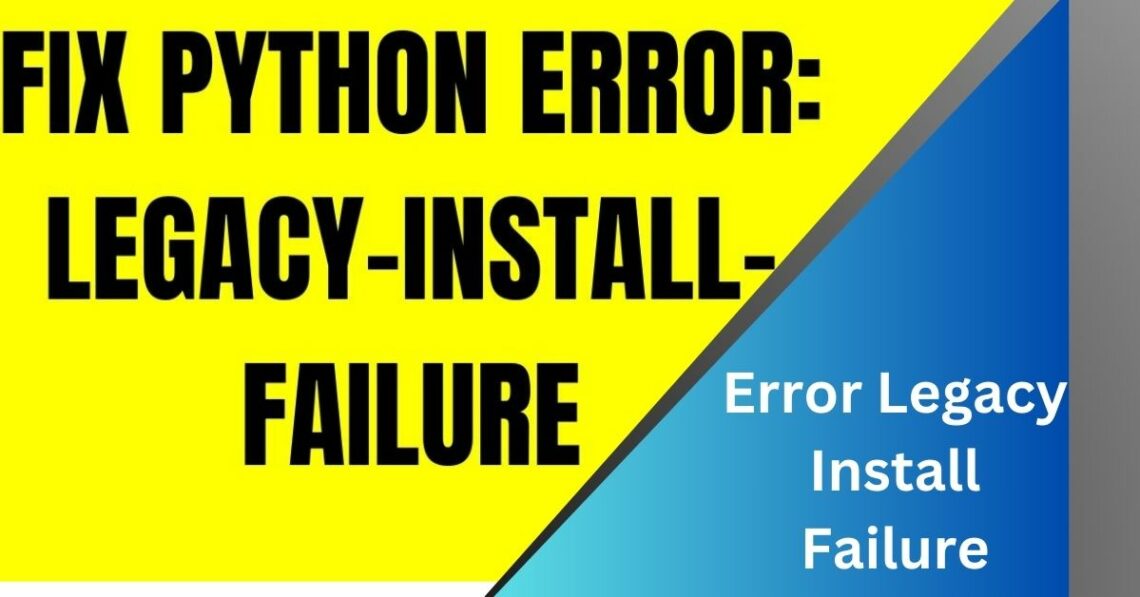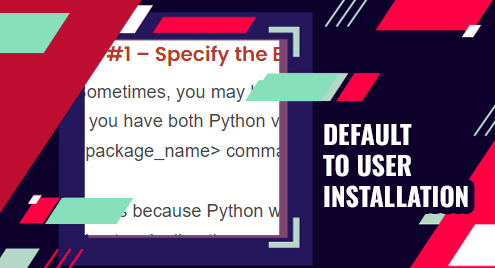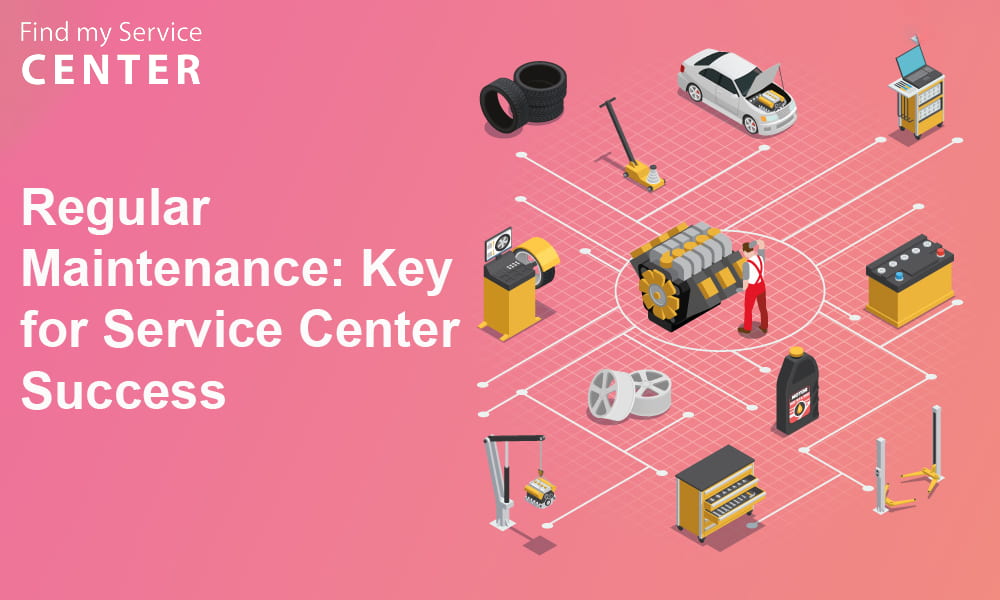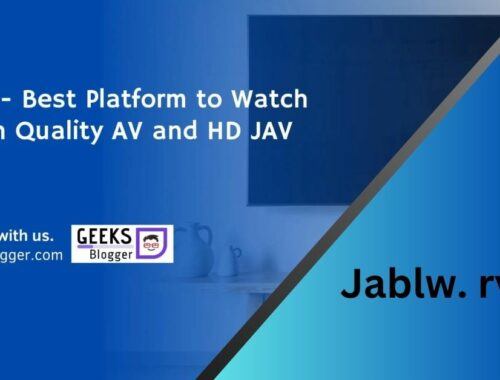
Error Legacy Install Failure – A Comprehensive Guide To Resolving Python!
In Python development, encountering the ” error: legacy-install-failure” during package installations can be frustrating. This error often indicates compatibility issues between the Package you’re trying to install and your Python version.
“legacy-install-failure” in Python? Upgrade pip, setup tools, wheel. Check renaming, setting macOS path, and installing C++ tools on Windows. Directly download the wheel from pypi.org if all else fails.
In this comprehensive guide, we’ll explore the causes behind this error and provide step-by-step solutions to help you overcome it, ensuring a smoother Python development experience.
Understand The Error – Legacy-Install-Failure!
Before diving into solutions, let’s understand what this error signifies. In simple terms, it’s a signal that the Python package you’re attempting to install is not aligning well with your current version. The word “legacy-install-failure” indicates a failure to establish a parcel due to outdated or incompatible elements.

Running diagnostics regularly helps to detect errors early. Updating packages and libraries helps to ensure the latest versions are available. Regular backups help protect code in case of system crashes or data loss.
Causes Of The Error – Learn More About It!
1. Outdated Build Tools
One common reason for the ” error: legacy-install-failure” is having outdated build tools. We need to upgrade the pip, setup tools, and wheel to their latest versions to resolve this.
The latest pip, setup tools, and spin version can be downloaded and installed from the Python Package Index. Once you install it, you can successfully install any legacy packages.
Read Also: ERROR 1015 – UNVEILING!
2. Upgrade Python Build Tools:
Run the following commands based on your operating system:
For pip:
“`
Pip install –upgrade pip.
“`
For pip3:
“`
pip3 install –upgrade pip
“`
For systems without pip in PATH:
“`
python -m pip install –upgrade pip
“`
- Upgrade Setuptools and Wheel
- Upgrade setup tools and wheel using similar commands.
3. Package Name Changes
Sometimes, the Package you want to install might have undergone a name change. It’s crucial to check the error output for hints about the new name and use it in the pip install command if necessary.

Alternatively, you may also use the search feature to find the new name of a package. It may no longer be available if you can’t find the Package. In this case, you may need to look for an alternative box.
Check for Package Renaming:
- Examine the error output for information about the Package’s new name.
- Adjust the package name in the pip install command accordingly.
4. Missing Developer Tools on macOS:
An inactive developer path for macOS users can lead to the ” error: legacy-install-failure.” We’ll ensure an active developer path by installing Xcode Command Line Tools to fix this.
Additionally, it is essential to check the versions of any packages used to ensure they are up to date. It is also necessary to check for any errors in the installation script. Finally, it is essential to restart the computer after upgrading the packages.
Read Also: HOW TO KNOW IF SOMEONE WITH AN ANDROID BLOCKED YOU ON IPHONE?
macOS: Ensure Active Developer Path
Run the following command:
“`
Xcode-select –install
“`
5. Absence of Microsoft C++ Build Tools on Windows:
Windows users might encounter an additional requirement: Microsoft Visual C++ Build Tools. An error message indicates the need for “Microsoft Visual C++ 14.0 or greater.””” To install Microsoft Visual C++ Build Tools, open Command Prompt and run the following:”’install_visual_cpp.bat”’5.
Check for Conflicts between Packages. Check for any conflicts between previously installed packages. If you find matches, uninstall them and try again.
Windows: Install Microsoft C++ Build Tools
- Download the appropriate version from the Microsoft Visual Studio website.
- Follow the installation steps, selecting the Python development workload during installation.
- If you have Visual Studio installed, activate the Python development workload from the “Tools > Get Tools and Features” menu.
6. See if the Package has a Wheel Distribution
If the previous solutions don’t work, consider downloading the wheel distribution of the Package directly from pypi.org. Alternatively, you can turn off the conflicting packages and try again. You may need to manually uninstall the contradictory packages if there are still conflicts.
- Download and Install a .whl File.
- Visit the Package’s page on pypi.org.
- In the “Files” section, find the suitable wheel distribution for your operating system.
- Download the .whl file.
Navigate To The Directory With The Wheel File And Run – Learn More About It!
“`
Pip install package-name. whl
“`
Replace “package-name” with the actual package name.
1. Encourage Regular Maintenance:
Regularly updating your Python build tools is crucial for a seamless development experience. Make it a habit to run updates and stay informed about the latest changes in the Python ecosystem.

It will keep you up to date with the latest features and capabilities of the language. Additionally, it can help you identify potential problems and bugs in your code. Finally, you can also take advantage of new and improved tools and modules.
2. Join the Community:
For ongoing support and collaborative learning, consider joining Python communities. Engage in forums, discussion groups, and platforms where developers share their experiences and solutions.
It will help you stay current on the latest industry trends and technologies. You can also find mentors and mentors who can provide you with helpful advice and feedback.
Read Also: CUTTING-EDGE TECHNOLOGY: NAVIGATING THE FUTURE OF INNOVATION
Finally, you can build relationships with other Python developers who can help you learn and grow. Additionally, participating in these communities can also help you find job opportunities. You can also identify potential collaborators and partners who can help you out.
3. Share Success Stories:
If you successfully resolve the ” error: legacy-install-failure,” share your experience with the community. Your success story might inspire and assist fellow developers facing similar challenges.

You can also help others by sharing valuable resources and advice. It will help to create a sense of camaraderie and collaboration within the Python community. Finally, you can use your story to encourage and inspire other developers.
Regular maintenance also helps developers identify errors early and reduce debugging time. It also ensures that code is clean and well-structured, making it easier to read and modify. Finally, it helps to keep the system up to date with the latest versions of the Python language.
Frequently Asked Questions:
1. What does ” error: legacy-install-failure” mean in Python?
This error suggests compatibility issues between the Python package and your Python version during installation.
2. How do I upgrade Python build tools?
Use commands like pip install –upgrade pip, pip install –upgrade setup tools wheel, or equivalent based on your system.
3. What should I do if someone renames the Packages?
Check the error output for hints about the new name and adjust the package name in the pip install command accordingly.
4. How can I fix the error on macOS?
Ensure an active developer path by running xcode-select –install.
5. What if I encounter an error on Windows?
Install Microsoft C++ Build Tools by following the provided link and instructions in the error message.
Conclusion:
Let’s Sumup,
Fix ” error: legacy-install-failure” by upgrading tools, checking for renaming, and ensuring paths. On Windows, install tools. Regular maintenance enhances Python development.
You May Also Like

Carla Diab – Let’s Discover Life in 2024!
January 19, 2024
Jablw. rv – The Ultimate Guide For You!
December 26, 2023

